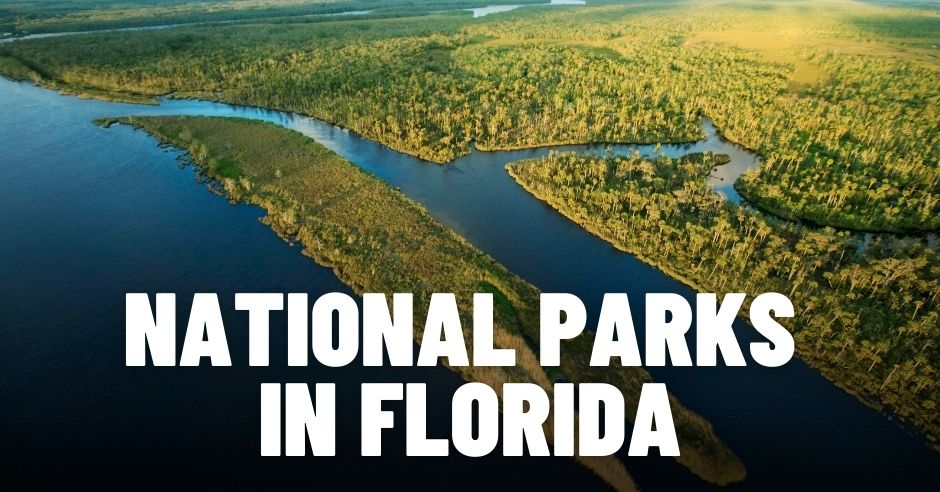National Parks in Florida are evidence of the state’s rich biodiversity and natural beauty, offering a wide range of outdoor experiences beyond its well-known attractions. Florida, often dubbed the Sunshine State, has gained fame for its vibrant Miami nightlife, theme parks, and pristine beaches. However, beyond the bustling urban scenes lies a realm of unique opportunities for outdoor enthusiasts.
Florida’s distinct tropical ecosystem is a haven for wildlife, showcasing a spectrum of species from black bears to tropical sea turtles, pelicans, manatees, alligators, dolphins, and even whales. This rich biodiversity sets the stage for the Florida’s 3 national parks, each contributing to preserving Florida’s extraordinary natural heritage.
In addition to these national parks, Florida hosts 8 protected areas managed by the National Park Services. These encompass National Monuments, Historic Preserves, Ecological and Historic Preserves, National Seashores, and National Memorials. This broad spectrum of conservation areas caters to various interests, making Florida a prime destination for nature lovers and history enthusiasts.
Join our exploration as we journey through best national parks in Florida. Each park unfolds a unique story, providing an overview of the best things to see and do, ensuring that your visit to these natural wonders is unforgettable.
National Parks in Florida
1. Biscayne National Park
- Year Established: 1980
- Annual Visitors: 705,655
- Area: 173,000 acres
- Best Time to Visit: December – March
Biscayne National Park is an underwater wonderland with around 95% of the park underwater. For this reason, the best ways to experience the park are boating, kayaking, paddle boarding, and swimming. The park’s largest attraction is the world’s third largest coral reef, which is home to vibrant fish, colorful coral, and even a few shipwrecks.
What sets Biscayne National Park apart is that there are no roads leading to the park, and there is only a 1 mile stretch of road within the park. Another great way to see the park is snorkeling and scuba diving to discover the underwater world that makes Biscayne so unique.
2. Dry Tortugas National Park
- Year Established: 1992
- Annual Visitors: 83,817
- Area: 47,125 acres (100 square miles)
- Best Time to Visit: December – February, September
Another water wonderland, Dry Tortugas National Park, is located on an island roughly 70 miles from Key West. This park is 99% water and is made up of seven small islands. Visitors can get to the island by ferry, flight, or private boat hire.
There are primitive campsites at Dry Tortugas but those will need to be booked well before a trip to the park as they can sell out 9-12 months in advance. On one of the larger islands park visitors can explore Fort Jefferson, which was constructed in the mid to late 1800s. The fort was used during the Civil War to house prisoners and Union deserters.
3. Everglades National Park
As the largest tropical wilderness park in the United States, Everglades National Park offers what you would expect of a Florida park: swamps and alligators. However, there is so much more to the park including seven distinct ecosystems and wildlife.
The best way to explore Everglades National Park is hiking and kayaking through the park. Visitors can kayak through mangrove forests while making sure to keep an eye out for manatees surfacing during the winter months. Or spot some birds on the park’s famous Anhinga Trail. Looking for alligators? Head to the Shark Valley area of Everglades National Park.
Other Areas of Florida Maintained by National Park Services
- Big Cypress National Preserve
- Canaveral National Seashore
- Castillo de San Marcos National Monument
- De Soto National Memorial
- Fort Caroline National Memorial
- Fort Matanzas National Monument
- Gulf Islands National Seashore
- Timucuan Ecological and Historic Preserve





